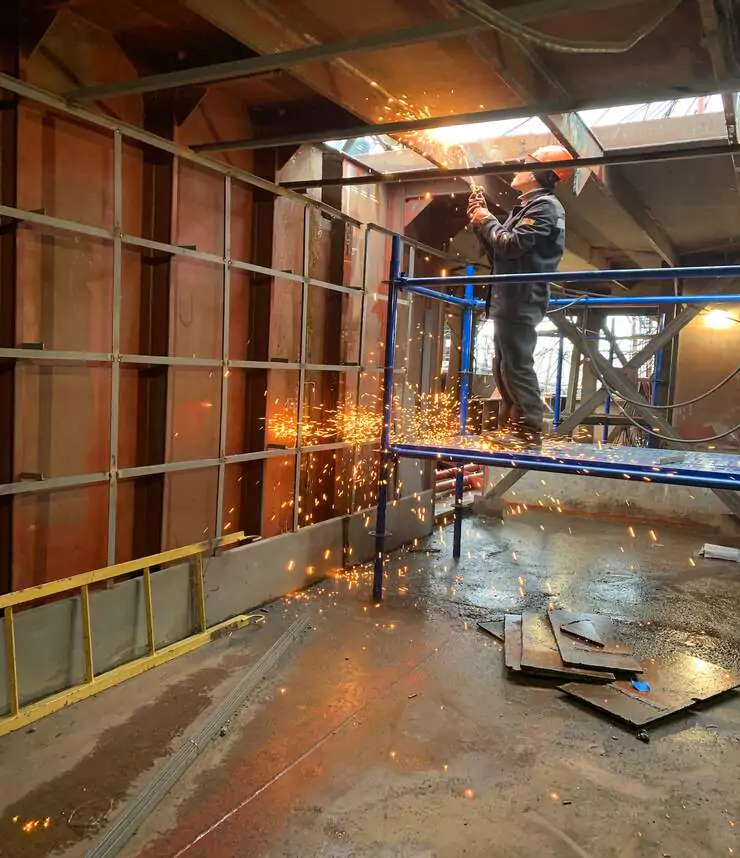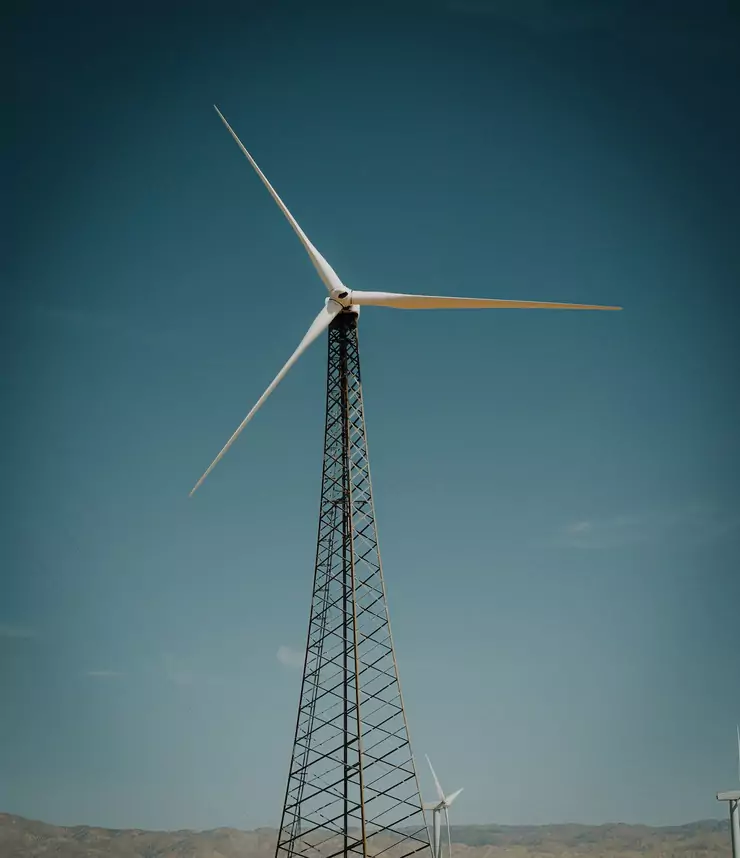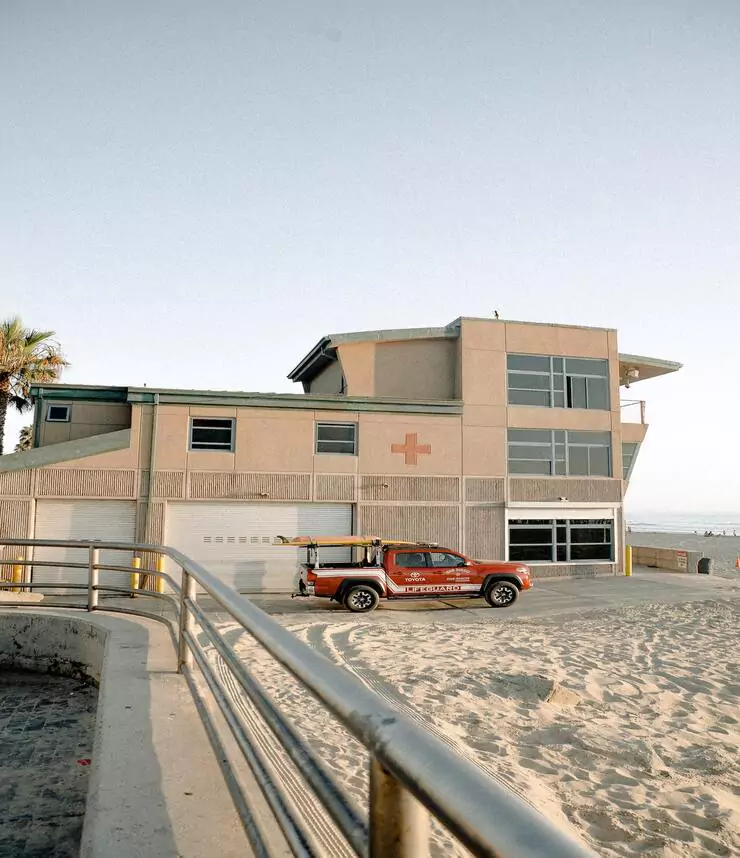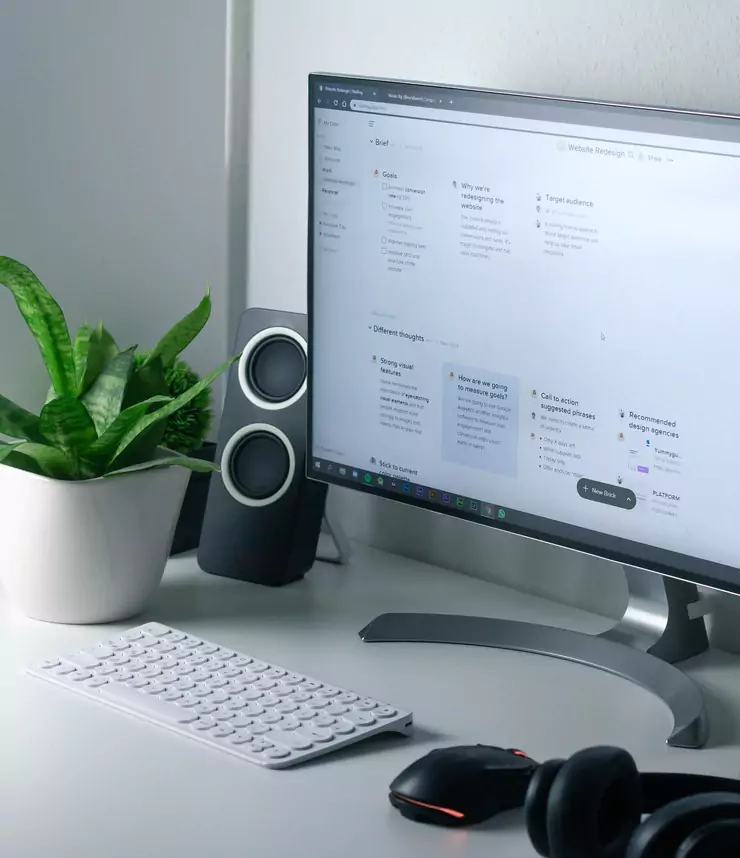Get Support
+91 9123517774
Project (1)
ERP install saves 65% in ops costs
The Challenge
After a series of acquisitions, a North American specialty manufacturer of tubular technology for gas and oil wanted to integrate and streamline the operations it inherited to reduce IT costs and improve suboptimal processes. The primary challenge was to tie together the various enterprise resource planning (ERP) systems it had acquired. The client also wanted to automate its paper-based business activities to free up staff to take on strategic activities. To tackle these challenges, the manufacturer turned to.

Our Approach
Benchmarks to improve the quality of the manufacturer’s processes were set. Our experts then visited the company’s five North American facilities, studied its operations and reviewed its documentation to better understand its processes. We used our "Quadra D" (define, discover, deep dive and deliver) framework, which includes an as-is analysis, updated business cases, functional and technical architecture, budget and plan, and a roadmap execution plan.
Our oil & gas technology experts devised a strategy based on our investigations that would consolidate the company’s four existing ERP systems. Because the manufacturer also wanted to reduce IT costs, we suggested an upgraded SAP-based architecture.
SAP-based architecture to consolidate four ERP systems
We designed an SAP-based architecture to decrease IT costs using a two-tier ERP solution and by decommissioning multiple custom applications. Our proposals are now under consideration for the company’s future strategy.
At a Glance
After acquiring several companies, a North American specialty manufacturer of tube technology for gas and oil needed a roadmap to consolidate systems, save money and iron out suboptimal processes. Our team took an in-depth look at its business practices and systems, uncovering deep-seated issues and made a proposal on how best to solve them.
Leaf Business Consulting Services
Outcomes
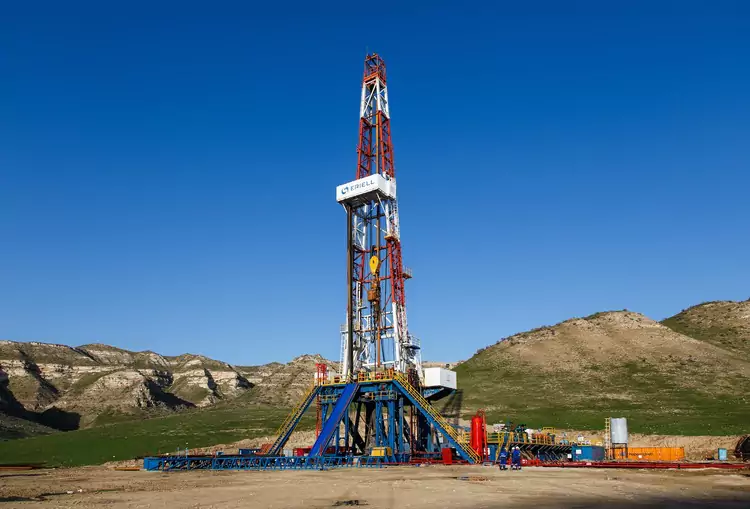
Project (2)
AI-powered virtual assistant increases user satisfaction by 60%
A Norwegian energy provider enhances the user experience, improves selfservice and reduces tickets for its IT service desk with the implementation of a virtual assistant (VA) powered by artificial intelligence (AI) and based on natural language understanding (NLU)
The Challenge
A leading global provider of products, systems and services to the oil and gas industry supports 22,000 employees through an IT service desk. It handles incidents and service requests, along with user communications, at the instances of outages and planned changes to services. Employees rely on traditional channels, including phone, email and web, to communicate with the IT service desk and this results in an inefficient customer support process. Increased call volume was one of the major issues for the energy provider’s IT service desk, as was the IT self- service portal’s lack of interactive content, a knowledge base and self-help capabilities.
Redefining the traditional IT service desk with the WorkNEXT™ AI-powered service desk
The energy player also wanted to deflect service desk communications from traditional and costly communication channels to a virtual assistant to increase efficiency and productivity. Our team worked extensively to identify opportunities where users’ IT issues could be resolved through self-help capabilities by leveraging a cloud-based, next-gen digital solution. WorkNEXT offering provides an integrated virtual assistant powered by AI and based on NLU. We implemented the VA on the client’s intranet portal for easy accessibility. It offers users a digital experience with self-help solutions, guides and instructions to resolve common IT issues.
Leaf Business Consulting Services
The energy player’s future roadmap includes
Our Approach
The team analyzed the client’s need to move from its existing legacy IT support system and recommended a next-generation digital support channel, based on artificial intelligence (AI) capabilities, that would address core end-user experience issues. The proposed transition would also help the company promote and implement self-help capabilities.
Redirecting service desk communications from traditional and costly contact channels to a virtual assistant (VA) increased the energy provider's efficiency and productivity. Our team worked to identify opportunities where end-users' IT issues could be resolved through self-help capabilities using the WorkNext AI- Powered Service desk offering. This offering provides an integrated VA powered by AI, natural language understanding and machine learning. We integrated the VA with the client's intranet portal, so when a user poses a question to it, the VA refers to the knowledge management (KM) repository and provides solutions. This digital experience is made available across self-help solutions, guides and instructions to resolve common IT issues.
Outcomes

Project (3)
project oil and gas (Reporting system yields 100% accuracy)
In the oil and gas industry, every drop counts. While it’s easy to discover what goes missing on the journey from oil field to gas pump, keeping track of where it’s going, who’s receiving what and how much goes to waste remains a key challenge for many energy companies.
At a Glance
A leading U.S. petroleum and natural gas exploration and production company, focused on the capture of quality resources in emerging oil provinces, faced a challenge in production accounting. Its existing processes and platforms were ill-equipped to handle complex production allocation and reporting needs. The client also faced the risk of regulatory non- compliance due to weak control over access to systems and historical data. We offered fully auditable control over access to data, which provided 100% accuracy and compliance, as well as increased user efficiency.
Our Approach
We worked with the client to harmonize its business processes and implement a digital hydrocarbon accounting platform, which provides complete reconciliation of actual quantities of hydrocarbon produced and sent for export, storage, consumption and allocation back to the wells. The platform accurately determines the ownership and corresponding revenues for each partner and processes data in other departments. It’s now also easy to report for Sarbanes- Oxley and other legislative requirements. To obtain a proper picture of its operation, we captured the client’s end-to-end requirements for hydrocarbon production and accurately modeled both field arrangements and product- sharing contracts. We performed exhaustive quality assurance testing and user training to enable a smooth shift to the digital platform. This resulted in an on-time and on-budget implementation.
Adopting digital hydrocarbon accounting for production allocationAfter adopting our digital hydrocarbon accounting platform, the company now enjoys 100% accuracy in production accounting and revenue generation, an extra 0.5% margin of production, regulatory compliance and the ability to easily scale and configure applications to any future amendments.
